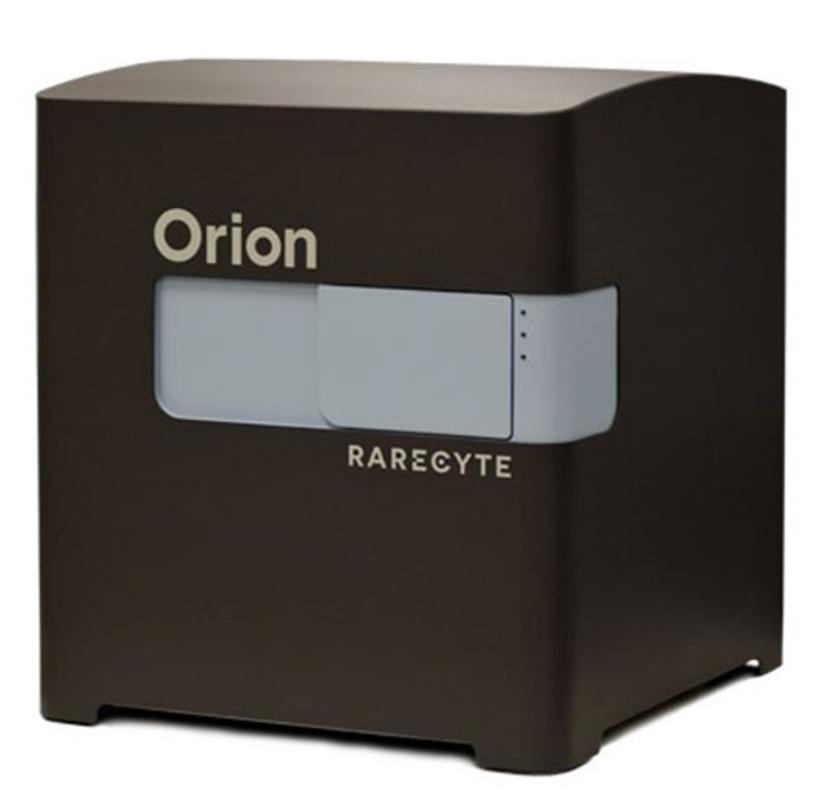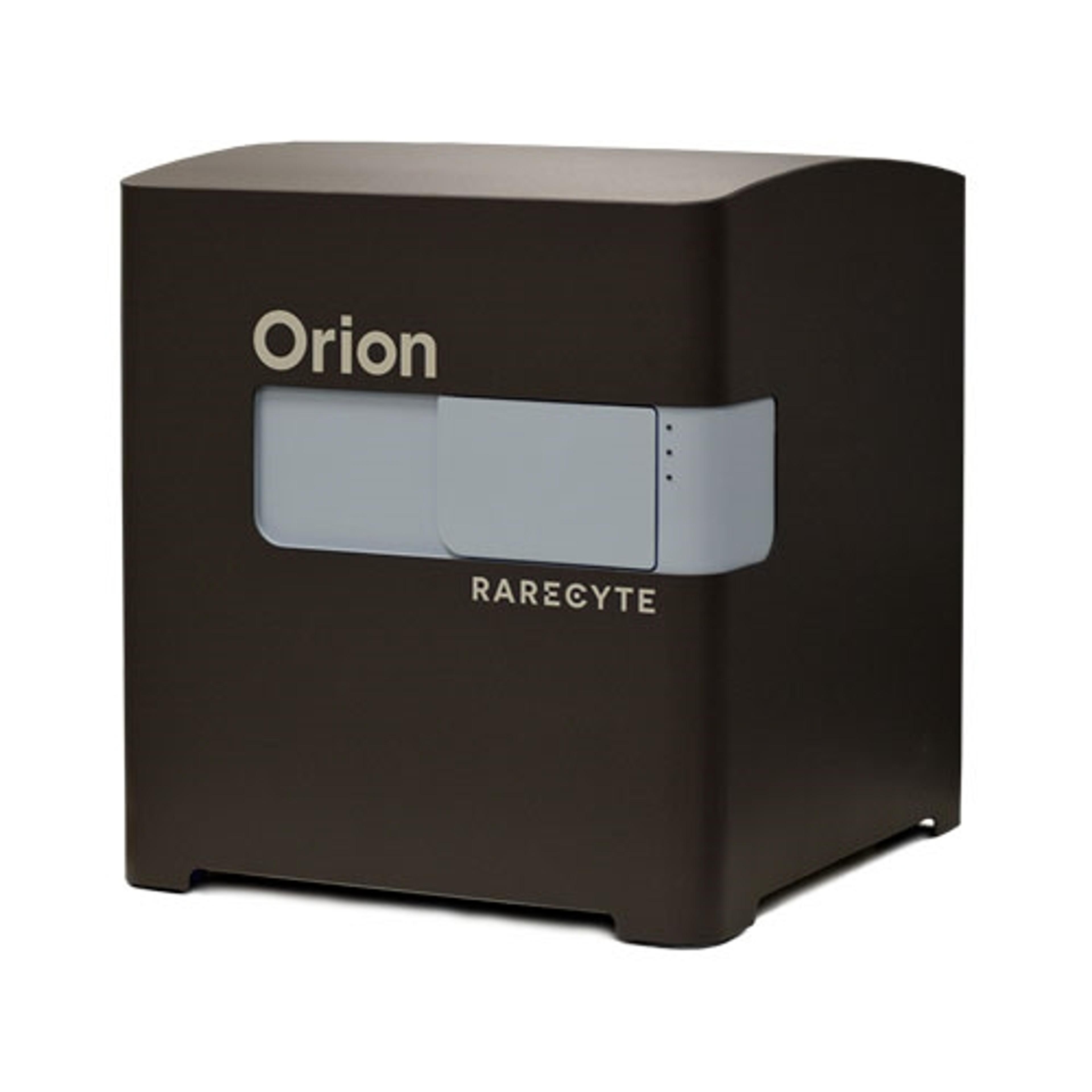Advanced spatial biology sheds new light on therapeutic research
See how high-resolution multiplex immunofluorescence imaging can elucidate the important role the immune system plays in health, disease, and drug development
30 Sept 2025
Researchers have been exploring spatial biology – how cells interact with one another in two- and three-dimensional space – since the invention of the microscope in the late 16th century, the beginnings of immunohistochemistry (IHC) in the 1940s, and the arrival of in situ hybridization (ISH) in the 1970s. The advent of advanced technologies over recent years has led to a massive growth in spatial biology research, allowing researchers to understand more about where cells are located within tissues, how and when they express different biomarkers, and how cells interact with each other and with the tissue microenvironment.

Zhihong Chen, Ph.D., CTO, OCCAM Immune, at Icahn School of Medicine, Mount Sinai Hospital, New York
Combined with a greater understanding of the impact of the immune system in disease, advancements in precision spatial biology have the power to support rapid developments in areas such as cancer immunology, regenerative medicine, and personalized therapies.
“The explosive development of advanced technologies has let us explore the intricate cellular and molecular interactions in tissues with incredible precision and resolution, and at scale, opening our eyes to biological details we were previously unable to see,” says Zhihong Chen, PhD., Chief Technology Officer of OCCAM Immune.
Dr. Chen, also known as “Z”, oversees the development and implementation of new technologies at OCCAM Immune and at the Human Immune Monitoring Center (HIMC) at the Icahn School of Medicine, Mount Sinai Hospital . He leads the scRNA-seq, spatial transcriptomics, and immune cell profiling platforms. In this role, he explores and integrates innovative technological solutions to provide effective and efficient support for scientific research.
Challenges in spatial biology research
The rapid technological development in spatial biology has led to a wave of powerful tools reaching the market. However, many of these platforms bring a mixture of both benefits and challenges.
For example, cyclic multiplexed fluorescence imaging (CycIF) platforms use commonly available reagents and antibodies. They can examine up to a hundred different biomarkers by staining, scanning two or three markers at a time, removing the markers, and then repeating the process.
“The catch? Because of its iterative nature, the CycIF workflow is time-consuming, and the tissues can struggle to handle many rounds of this process,” says Dr. Z. “Also, once the images are available for each round, these have to be registered into one final overlayed image stack, which demands a lot of computational power.”
In their hunt for a system that would save them time and computational power, the OCCAM Immune team looked at a range of different multiplex imaging systems.
“We were searching for a more efficient approach. Our ideal system would stain a dozen or so markers at once without all the back-and-forth iterations,” says Dr. Z. “We also wanted a platform that would improve the accuracy of our assays.”
Choosing the right imaging system
OCCAM Immune, an Academic Research Organization specializing in advanced immune monitoring solutions, and RareCyte, Inc., a leading provider of precision biology tools, announce a collaboration to deliver enhanced spatial biology capabilities using the Orion™ platform. This collaboration allows OCCAM Immune to offer high-resolution, multiplex imaging and analysis of tissue sections, empowering their pharmaceutical and biotech partners with deeper insights into biomarker expression, spatial organization, and cellular interactions to accelerate therapeutic development."

The Orion Platform is designed to deliver spatial biology and cellular phenotyping at a speed and resolution needed for translational and clinical studies.
The RareCyte Orion™ platform enables rapid, whole-slide imaging with subcellular resolution, detecting up to 18 biomarkers simultaneously on a single tissue section. Combined with OCCAM Immune’s expertise in immune monitoring, biomarker discovery, and mechanistic studies, this partnership equips researchers with the tools to analyze complex tissue microenvironments. These insights are critical for understanding disease mechanisms, evaluating therapeutic responses, and advancing precision medicine.
By integrating the Orion™ platform’s high-throughput spatial biology capabilities, OCCAM Immune delivers ready-to-run assay panels and customizable solutions tailored to diverse drug targets and therapeutic areas. Thus far, the OCCAM team has optimized multiple Orion panels examining Ovarian, non-small cell lung cancer (NSCLC), colorectal cancer (CRC), prostate cancer, and is continuously working to expand their portfolio. This collaboration reinforces OCCAM Immune’s commitment to providing precise, actionable data that accelerates clinical research and supports the development of novel therapies.
The evolution of spatial biology
Dr. Z predicts that spatial biology will evolve significantly as researchers demand more high-resolution, context-rich biological data.
“In the future, we hope that advancements in large dataset analysis, which are still lacking today, will be complemented by improved computational methods, particularly those powered by AI,” shares Dr. Z. “This would enable more detailed and nuanced analyses of cellular interactions within their microenvironments.”
Multiplex imaging systems platforms can play a key role in this evolution by facilitating more efficient and accurate multiplexing capabilities.
“We are actively working on integrating spatial proteomics with spatial transcriptomics, combining workflows that utilize both Orion and other available platforms,” says Dr. Z. “This integration will enable multi-omics examination of specimens from a single biological sample, thereby deepening our understanding of complex biological processes.”
As collaboration between the scientific community and companies developing multiplex imaging systems increases, innovations could further refine data interpretation and integration.
“The immune system plays a role across a wide range of therapeutic areas. Working together will help researchers to drive discoveries in cancer research, immunology, developmental biology, and beyond,” concludes Dr. Z.

